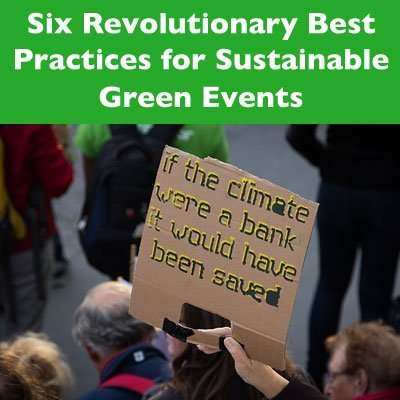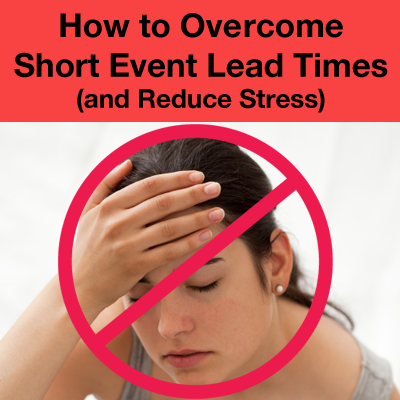#1 - Add the purchase carbon offset credits to your budget
So what are carbon offsets? Basically, they are reductions in greenhouse gas emissions (namely CO2) taking place somewhere in the world that are subsequently translated into credits that can be purchased. One example of such a reduction would be the renewable energy generated by a wind farm that replaces energy generated by a coal-burning plant. Another example would be the reforestation of a barren territory that was once a traditional rain forest, planting trees and foliage that absorb more CO2 from the environment (basically what Reed's company does). Such reductions are called carbon offsets, and these are quantified and sold in metric tons of carbon dioxide equivalents. So if you purchase 1 ton of carbon offset credits, you will have reduced 1 ton of CO2 emissions from being released into the environment. The money you spend on these credits essentially goes towards these carbon-reducing projects and programs and speeds our progress in permanently reducing carbon emissions. In the U.S., carbon offset credits can cost between $10-$20 per ton. These credits are sold by companies specializing in managing carbon offset projects and collecting credits, and you should make sure that the carbon offset company you select has had their offsets certified by third parties. You have a couple of options here. You can choose to offset the carbon footprint for your on-site event itself, or you can offset the carbon footprint of your on-site event as well as for the travel of each of your guests/attendees. The latter will be more costly, as guest/attendee travel has by far the biggest carbon impact of any event-related activity, so you may want to offset for your on-site event activities/practices and ask your guests/attendees to purchase their own carbon offset credits to help reduce their travel footprints. You can buy carbon offset credits from CO2 Forestry (and learn about Reed's inspiring story) and also see what the Carbon Fund has to offer (they have some good calculators for figuring out the carbon footprint of events). BTW ... if you choose to do this, it is a GREAT marketing opportunity that you can promote the hell out of and create momentum and goodwill with many prospective attendees and sponsors.#2 - Reduce or eliminate animal meats and proteins from your menus
Did you know that meat production generates 18% of all greenhouse gas emissions every year? In simpler terms, a half-pound hamburger that cooks down to a patty the size of two decks of cards releases as much CO2 as driving a 3000 pound vehicle almost 10 miles. Eeeesh. By reducing the meat portions in your event menus or altogether eliminating meat and substituting other protein options (like tofu, beans/lentils, seitan, etc.), you can considerably reduce your event's carbon footprint and green up your event even more. Granted, eliminating meat from menus may not be feasible for some events (especially if you are holding an event for the beef or pork industry), so in those cases you should seek out in-season, locally sourced meats and produce. This will reduce the transportation costs of these foods. In addition, you can seek out food providers that package their foods with environmentally friendly and recyclable or reusable materials, and you can have any leftovers sent to a local food kitchen or homeless shelter and compost everything else.How can you reduce your carbon footprint while planning your events and streamline the event management process at the same time? Use Planning Pod's 20+ online venue and event management tools, which will save you lots of time and save lots of trees in the process. Try Planning Pod free today.
#3 - Choose a truly green venue
A green event isn't green without the involvement and participation of your event venue. In the U.S., buildings account for 39% of all CO2 emissions, so you can see that finding a event venue that has instituted many environmentally sustainable practice can make a big difference for your green event. Today many venues offer recycling and composting options for you and your guests. However, truly green venues go much further than this, so when evaluating facilities for your green events, look for venues that:- Are a LEED-Certified facility (LEED certification is a standardized building industry certification granted to facilities that meet a number of requirements in reducing greenhouse gas emissions). This is by far the most important factor in identifying a truly green venue.
- Have an Energy Star score of better than 50, with a score of better than 75 being optimal. Basically, the higher the score, the better.
- Are within close proximity (1/4 to 1/2 mile) to public transit options.
- Employ energy-saving systems (like convection heating/cooling and energy-efficient LED or CFL lighting) and water-saving strategies (like low-water toilets and showerheads).
- Use vehicles with low emissions or low energy consumption rates (like natural-gas powered vehicles).
- Maximize natural light to illuminate their event spaces and rooms as well as to heat those spaces.








